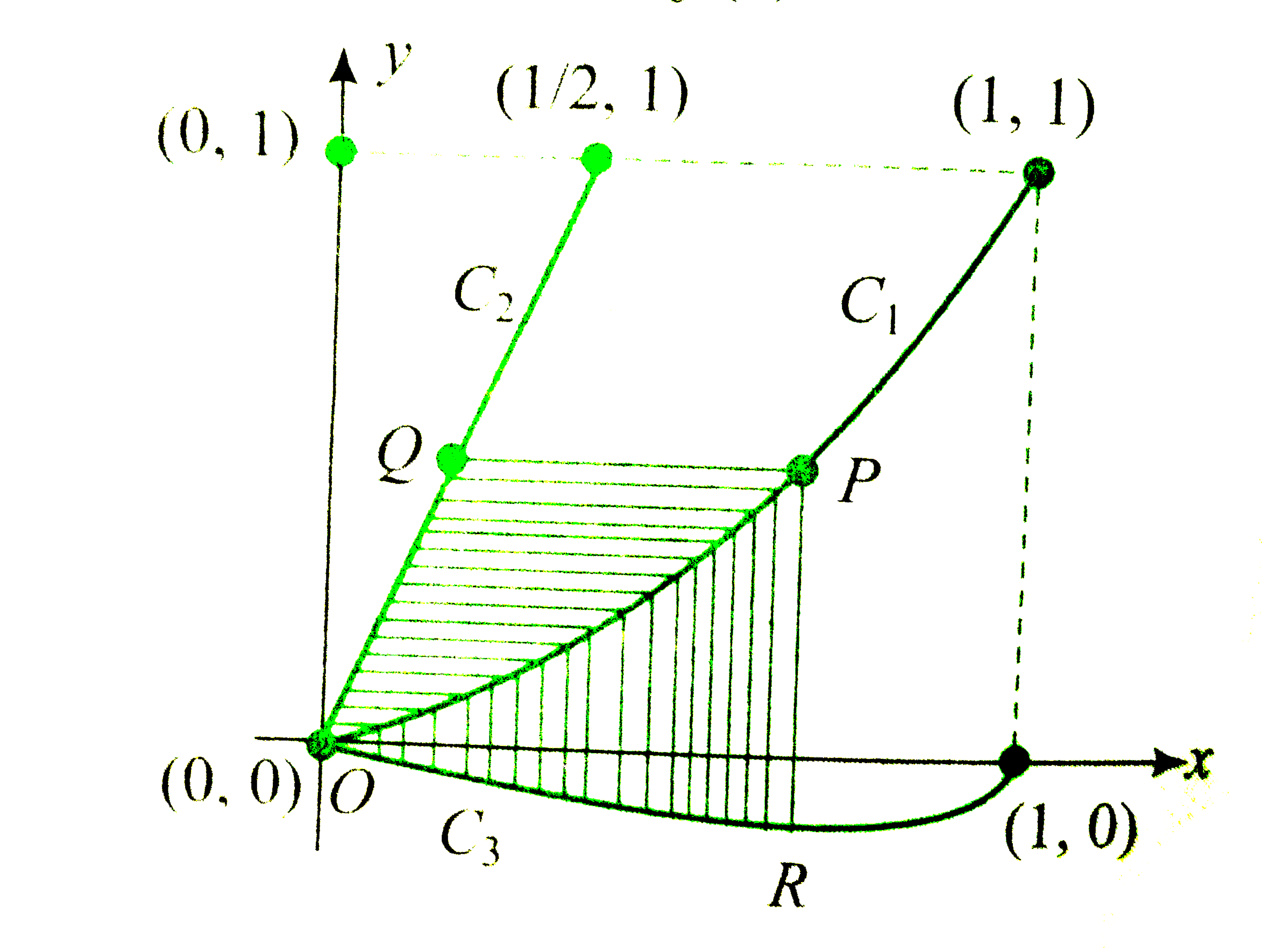Examples from ARIHANT MATHS (ENGLISH) AREA OF BOUNDED REGIONS for Class 12
| Class 12 | MATHS |
| Chapter | AREA OF BOUNDED REGIONS |
| ARIHANT MATHS (ENGLISH) | Examples |
| Medium | English |
| Academic Year | 2023-2024 |
Question 40
Consider the function defined implicitly by the equation y3−3y+x=0 on various intervals in the real line. If x∈(−∞,−2)∪(2,∞), the equation implicitly defines a unique real-valued defferentiable function y=f(x). If x∈(−2,2), the equation implicitly defines a unique real-valud diferentiable function y−g(x) satisfying g0=0.
If f(−10√2)=2√2, then f(−10√2) is equal to View SolutionQuestion 41
Consider the function defined implicitly by the equation y3−3y+x=0 on various intervals in the real line. If x∈(−∞,−2)∪(2,∞), the equation implicitly defines a unique real-valued defferentiable function y=f(x). If x∈(−2,2), the equation implicitly defines a unique real-valud diferentiable function y−g(x) satisfying g0=0.
The area of the region bounded by the curve y=f(x), the X-axis and the line x=a and x=b, where −∞<a<b<−2 isView SolutionQuestion 42
Consider the function defined implicitly by the equation y3−3y+x=0 on various intervals in the real line. If x∈(−∞,−2)∪(2,∞), the equation implicitly defines a unique real-valued defferentiable function y=f(x). If x∈(−2,2), the equation implicitly defines a unique real-valud diferentiable function y−g(x) satisfying g0=0.
If f(−10√2)=2√2, then f(−10√2) is equal to View SolutionQuestion 43
A curve y=f(x) passes through point P(1,1) . The normal to the curve at P is a (y−1)+(x−1)=0 . If the slope of the tangent at any point on the curve is proportional to the ordinate of the point, then the equation of the curve is (a) (b)(c)y=(d)e(e)(f)K((g)(h)x−1(i))(j)(k)(l) (m) (b) (n)(o)y=(p)e(q)(r)Ke(s)(t)(u) (v) (c) (d)(e)y=(f)e(g)(h)K((i)(j)x−2(k))(l)(m)(n) (o) (d) None of theseView SolutionQuestion 48
Let C1andC2 be the graphs of the functions y=x2andy=2x, respectively, where 0≤x≤1. Let C3 be the graph of a function y=f(x), where 0≤x≤1,f(0)=0. For a point P on C1, let the lines through P, parallel to the axes, meet C2andC3 at Q and R, respectively (see figure). If for every position of P(onC1), the areas of the shaded regions OPQ and ORP are equal, determine the function f(x).
 View Solution
View SolutionQuestion 61
Let O(0,0),A(2,0),andB(11√3) be the vertices of a triangle. Let R be the region consisting of all those points P inside OAB which satisfy d(P,OA)≤min[d(p,OB),d(P,AB)] , where d denotes the distance from the point to the corresponding line. Sketch the region R and find its area.View Solution
All Exercises from ARIHANT MATHS (ENGLISH) Class 12 MATHS AREA OF BOUNDED REGIONS
- EXERCISE FOR SESSION 1
- EXERCISE FOR SESSION 2
- EXERCISE (SINGLE OPTION CORRECT TYPE QUESTIONS)
- EXERCISE (MORE THAN ONE CORRECT OPTION TYPE QUESTIONS)
- EXERCISE (STATEMENT I AND II TYPE QUESTIONS)
- EXERCISE (PASSAGE BASED QUESTIONS)
- AREA OF BOUNDED REGIONS EXERCISE 5: MATCHING TYPE QUESTIONS
- EXERCISE (SINGLE INTEGER ANSWER TYPE QUESTIONS)
- AREA OF BOUNDED REGIONS EXERCISE 7: SUBJECTIVE TYPE QUESTIONS
- EXERCISE (SUBJECTIVE TYPE QUESTIONS)
- EXERCISE (QUESTIONS ASKED IN PREVIOUS 13 YEARS EXAM)
- EXAMPLES
